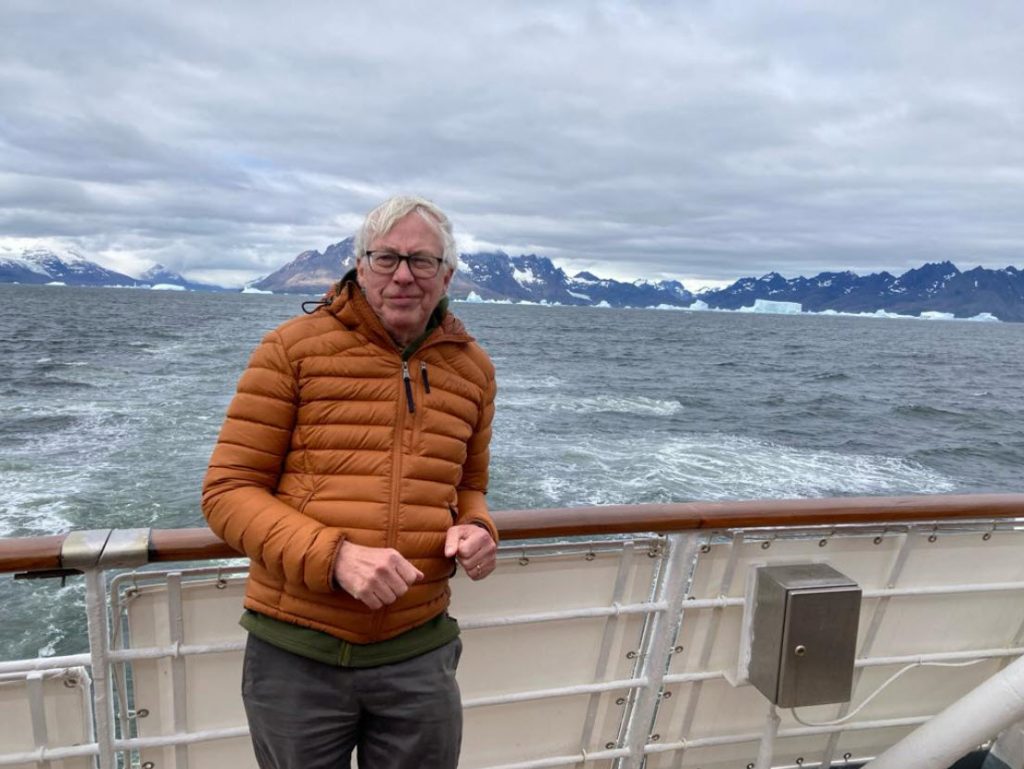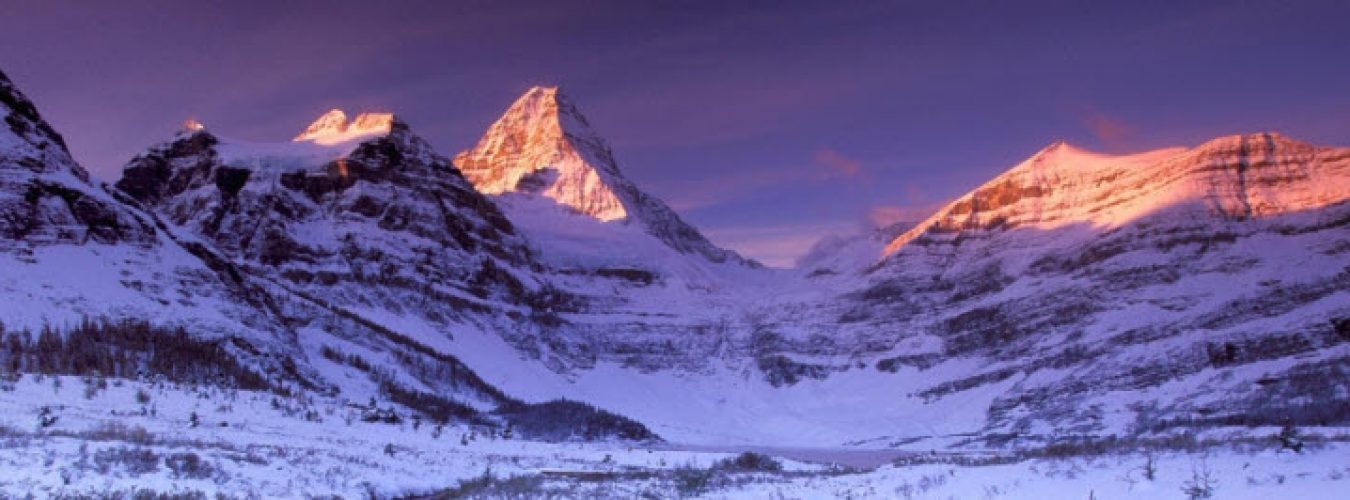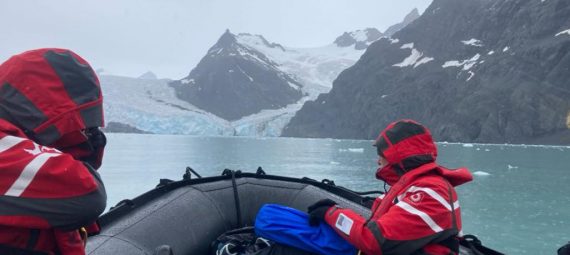9th January 2024
King Haakan Bay
After our successful hike around and above Grytviken, the ship’s briefing promised an unusual destination – King Haakan Bay, on the South-western side of South Georgia. The main reason it is not visited much is that it is exposed to the rough, tearing winds from the Antarctic. Not only difficult for ships to navigate, but also not popular with the wildlife.
So, why visit? Well, this was where Shackleton and his five companions landed on their epic ten day sailing from Elephant Island, in the tiny James Caird. It was here that the Shackleton, Worsley and Crean started their journey across the mountains, hoping to find their way to a whaling station.
We were to hike for a couple of miles, but it was cancelled. We could not land, as the expedition team had surveyed the beach and found many dead Elephant seals – Avian Flu. The backup activity was to take a zodiac cruise along the King Haakan Bay.
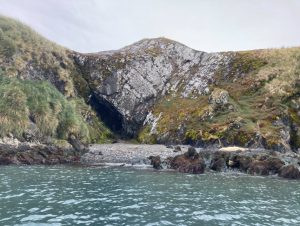
The sea was calm, and it wasn’t raining. That is, until we boarded our Zodiac, when it started spitting. Our ship was anchored close to Peggotty Bluff, where Shackleton’s men turned their boat upside down for shelter, rested, caught albatross to eat and prepared themselves for the forthcoming journey, leaving three men in the shelter.
But the cave opening looked forbidding, and the rocky shoreside looked dangerous. Though among this, we saw resting and playing elephant and fur seals, stretching out luxuriously, obviously feeling quite at home.
We had some passengers that were keenly feeling the cold, in the increasingly strident rain. We performed a zodiac-to-zodiac transfer, where they could be transported back to the ship in another zodiac. The rest of us headed inwards of the bay, surrounded by glaciers.
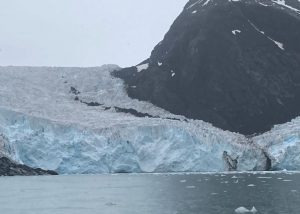
In the silence, broken only by the waves, the distant seals and waterfalls, we heard the ominous thunder that presages glacial calving. The Zodiac waited at the end of the bay at a safe distance from the glacier, while we all stared ahead in silence. We were rewarded by witnessing an ice split and fall, seeing the event way before the sound arrived. It did not look very big, but the distance meant that there were many thousands of tonnes of ice that descended into the water.
The water was increasingly covered by brash, and we stopped to observe an unnaturally still elephant seal, among the ice. The seal was alive, but in obvious distress. We could see its head shivering. We concluded that it had not long to live, possibly infected by Avian Flu. Our zodiac driver took some pictures and a short video to submit to researchers.
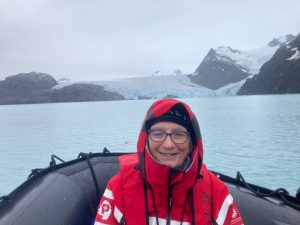
By this time, we were all wet, and getting very cold. Back to the ship to warm up with hot soup for lunch.
Cape Cove
Our last excursion at South Georgia was sadly cancelled. The ship had moved a short distance to the entrance of King Haakan Bay, to Cape Cove, where Shackleton made his first landfall. The entrance to the cove is so narrow, they recorded that their oars touched the sides of the cliffs while making their way in. A testament to their superb seamanship.
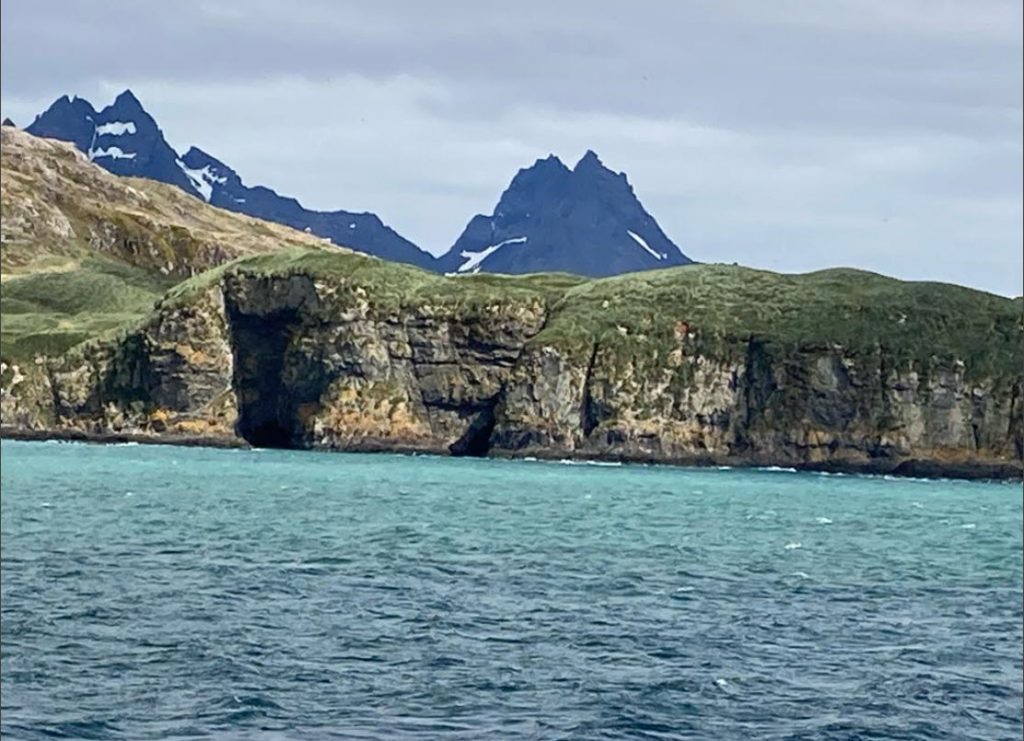
Our exploratory zodiacs managed to enter, but only to cancel the excursion due to swell, waves and increasingly fierce wind. Whilst we may have managed to step ashore, the danger was that we wouldn’t be able to re-board the ship and be obliged to rest with our survival kits in the same cave, not something anyone wished to contemplate!
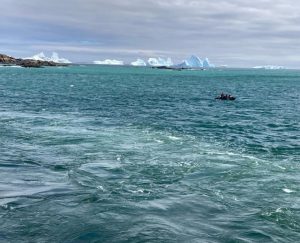
Many passengers gathered on the aft deck to say our farewells to South Georgia as we steamed away towards Antarctica. It was a remarkable experience – meeting and even exceeding our very high expectations. We were so lucky we had some beautiful weather.
It was fantastic seeing so much wildlife in its natural habitat. There has been a huge effort to return the land to nature, with a programme that has eradicated rats, brought by sailors, entirely. The Norwegians introduced twenty two reindeer, for their meat, but with the end of whaling on the island, seven thousand reindeer were transforming the landscape until they were culled less than ten years ago.
The seals, penguins, the birds were captivating. The history of Shackleton and the whaling stations was raw and immediate in this rugged, beautiful landscape.
